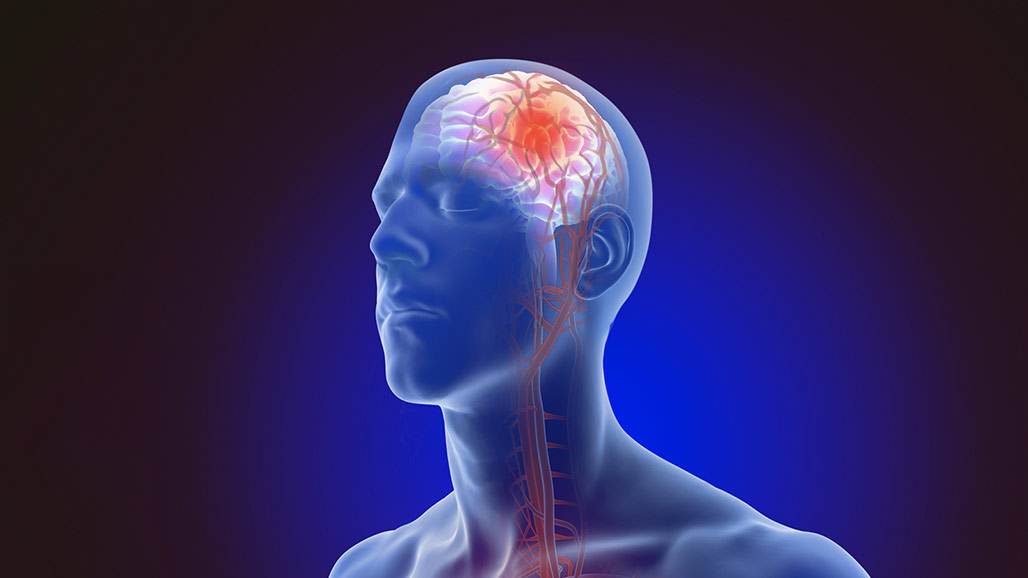Stroke is a condition where part of the brain loses blood supply due to a clot (ischaemic stroke) or bleeding (haemorrhagic stroke). Prompt recognition and treatment are critical to prevent permanent disability or death.
If you experience sudden weakness, difficulty speaking, severe headache, or facial drooping, you can get personalised advice from licensed doctors through Hope Plus. This premium service helps you receive timely care and reduces the risk of long-term complications.
Key Takeaways
- Stroke occurs due to blocked or ruptured blood vessels in the brain.
- Ischaemic stroke (clot) is more common than haemorrhagic stroke (bleeding).
- Early symptoms include one-sided weakness, difficulty speaking or swallowing, severe headache, convulsions, and changes in consciousness.
- Diagnosis relies on CT scans of the brain; in some cases, clinical signs may guide treatment.
- Acute management includes stabilisation, medications, and prevention of complications.
- Long-term care focuses on rehabilitation, stroke prevention, and controlling underlying risk factors.
Causes
- Ischaemic stroke: clot formation in the brain or embolus from elsewhere in the body
- Haemorrhagic stroke: bleeding due to trauma, high blood pressure, or ruptured vessels
Risk Factors
- Age, high blood pressure, diabetes, smoking, dyslipidaemia
- Heart conditions such as arrhythmias or valvular heart disease
- Trauma, bleeding disorders, or use of illicit drugs
Symptoms and Clinical Features
- One-sided weakness of face, arm, or leg (hemiparesis/hemiplegia)
- Difficulty speaking or swallowing
- Severe headache (especially in bleeding strokes)
- Altered consciousness
- Convulsions
- Symptoms may develop suddenly or gradually depending on the stroke type
Differential Diagnosis
- Migraine, seizures, hypoglycemia, brain tumours
Investigations
- CT scan of the brain (preferred)
- Clinical assessment may help distinguish subtypes if imaging is unavailable:
| Stroke Type | Clinical Course | Risk Factors | Other Clues |
|---|---|---|---|
| Intracerebral haemorrhage | Gradual progression over minutes/hours | Hypertension, trauma, bleeding disorders, drugs | Severe headache, reduced alertness |
| Subarachnoid haemorrhage | Abrupt severe headache, focal symptoms | Smoking, hypertension, aneurysm rupture | Can occur in young people, reduced alertness |
| Ischaemic (thrombotic) | Gradual deficits over hours/days | Age, diabetes, smoking, dyslipidaemia | Symptoms may fluctuate |
| Ischaemic (embolic) | Sudden onset of focal deficits | Valvular heart disease, arrhythmias | Often improves slowly |
Management
General Care
- Ensure airway and breathing in unconscious patients
- Do not give food or drink before assessing swallowing
- Use IV fluids or nasogastric tube for hydration and nutrition if needed
- Control blood sugar with insulin in diabetics
Ischaemic Stroke
- Aspirin 150–300 mg daily in acute phase
- Treat high blood pressure only if extreme (>220/120) or if complications arise; otherwise restart antihypertensives 24 hours later
- DVT prophylaxis with enoxaparin 40 mg SC daily
Haemorrhagic Stroke
- Supportive care
- Refer for CT scan and neurosurgical evaluation
Chronic Care for Ischaemic Stroke
- Early mobilization and physiotherapy
- Lifelong aspirin 75–100 mg daily
- Lifelong statin therapy (atorvastatin 40 mg daily)
- Control risk factors such as hypertension, diabetes, and high cholesterol
Prevention
- Regular check-ups for blood pressure, heart disease, and diabetes
- Healthy lifestyle: diet, exercise, no smoking
- Medication adherence for chronic conditions
Frequently Asked Questions
What is the difference between ischaemic and haemorrhagic stroke?
Ischaemic stroke is caused by a clot blocking blood flow to the brain. Haemorrhagic stroke is caused by bleeding in or around the brain.
How quickly should someone with stroke symptoms seek care?
Immediately. Early treatment greatly reduces the risk of permanent disability.
Can stroke be prevented?
Yes. Managing blood pressure, diabetes, cholesterol, and lifestyle factors can reduce risk.
Will I recover fully after a stroke?
Recovery varies. Early rehabilitation and physiotherapy improve outcomes, but some patients may have lasting effects.


